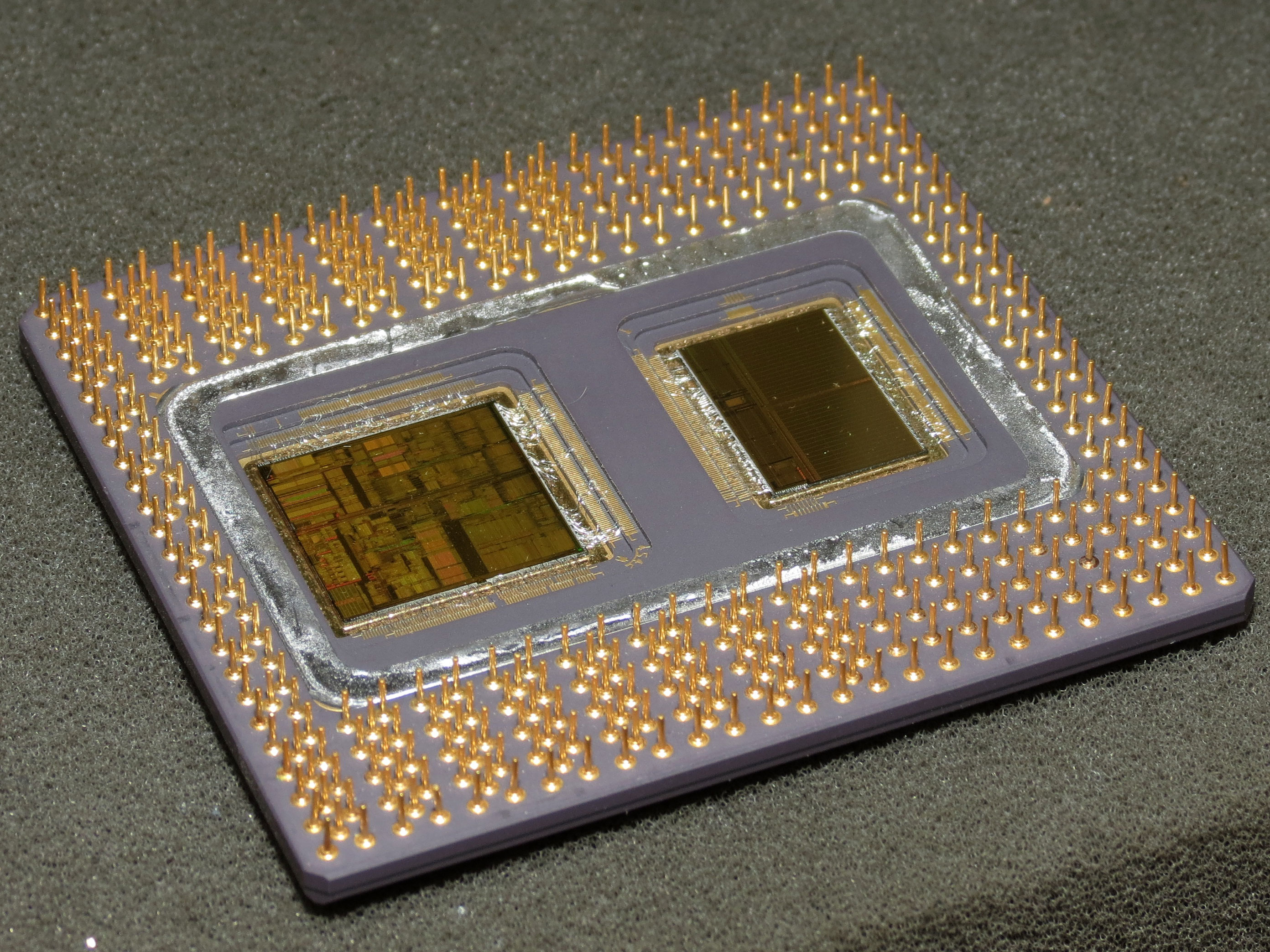LightningCrash
2[H]4U
- Joined
- Dec 29, 2000
- Messages
- 2,470
I want a P133 for my 1995 retro rig. Also looking for a Pro 200, Am486 DX4-120, or Am5x86-P75
Follow along with the video below to see how to install our site as a web app on your home screen.
Note: This feature may not be available in some browsers.
It's really from 2002 with a copyright date of 1999.
How exactly did that come to be then?
Heh, Slot 1 Pentium IIIs. I remember the 500MHz version was $700 in 1999 dollars and got completely left in the benchmark dust in just 2 years, and now we have people whining about how Intel charging $300 for a CPU that can easily last for 4+ years is a ripoff.
Wish I'd looked after my pentium pro. had it sitting in open and the top is starting to get iffy. it's only the 256k version, not the 512 so probably not worth as much. Those dies must be absolutely huge. I'd be interested to cut it open in the name of SKY-ENCE.

I want a P133 for my 1995 retro rig. Also looking for a Pro 200, Am486 DX4-120, or Am5x86-P75
I sold an FX 57 2 weeks ago for $20.
Not worth getting out of bed for.
I always wanted a K6-III with a mobo that could take 4 meg of l3 cache!.
Lol are Socket A processors officially considered "Ancient Relics"? I feel old...
I have a FIC board that has 2M of motherboard cache on it that acts as L3 if a K6-III is installed. It's more of a gimmick than a useful feature since the CPU has to go through the FSB (unlike a PII which had a dedicated backside bus for cache) and it's almost as expensive to access it as main system memory. The performance difference with it on vs. off was so small that it might as well be called margin of error.
The only time I ever measured a considerable difference with motherboard cache was the ones that had COAST modules for the Socket 7 Pentium. I benched my Pentium MMX 200 with a 512k COAST module and got 11-15% better performance.
Well it was a local pickup so I didn't do anything. Plus it was some good beer change, can't complain. Better than throwing it out or turning them into target rounds.
I am surprised that any motherboard cache would make a difference to be honest. cache on the motherboard would be running at the memory bus speed and only buy a slight reduction in latency on a hit and not any actual throughput increase. Maybe a l2-less chip hits enough pipeline stalls while waiting for main memory that it makes a difference.
COAST modules were actually considerably faster than main memory in the Pentium era which is why they made a noticeable difference. This was especially true on motherboards that still used SIMM memory, which runs asynchronously to the FSB. Really expensive fast memory in SIMM modules in those days only ran at 50ns (20 MHz) with more common memory being 60, 70 and 80ns (16.7, 14.28 and 12.5 MHz.)
AMP2000?
I'm Guessing "Athlon MP 2000+"
Before AMD launched their Opteron line, consumer CPU's were Athlon XP's and multi processor server/workstation type CPU's were Athlon MP's.
Only one core per socket in those, so if you wanted two cores, you needed two CPU's.
Yeah, feels like yesterday I was following the news as these came out.
I still have my FIC PA2013 socket 7 with a K63+ 450 that'll do 600 all day long. that was the first system I built, started with the original riva tnt, then added a voodoo II for glide. that voodoo was so much better for QII! Good times!